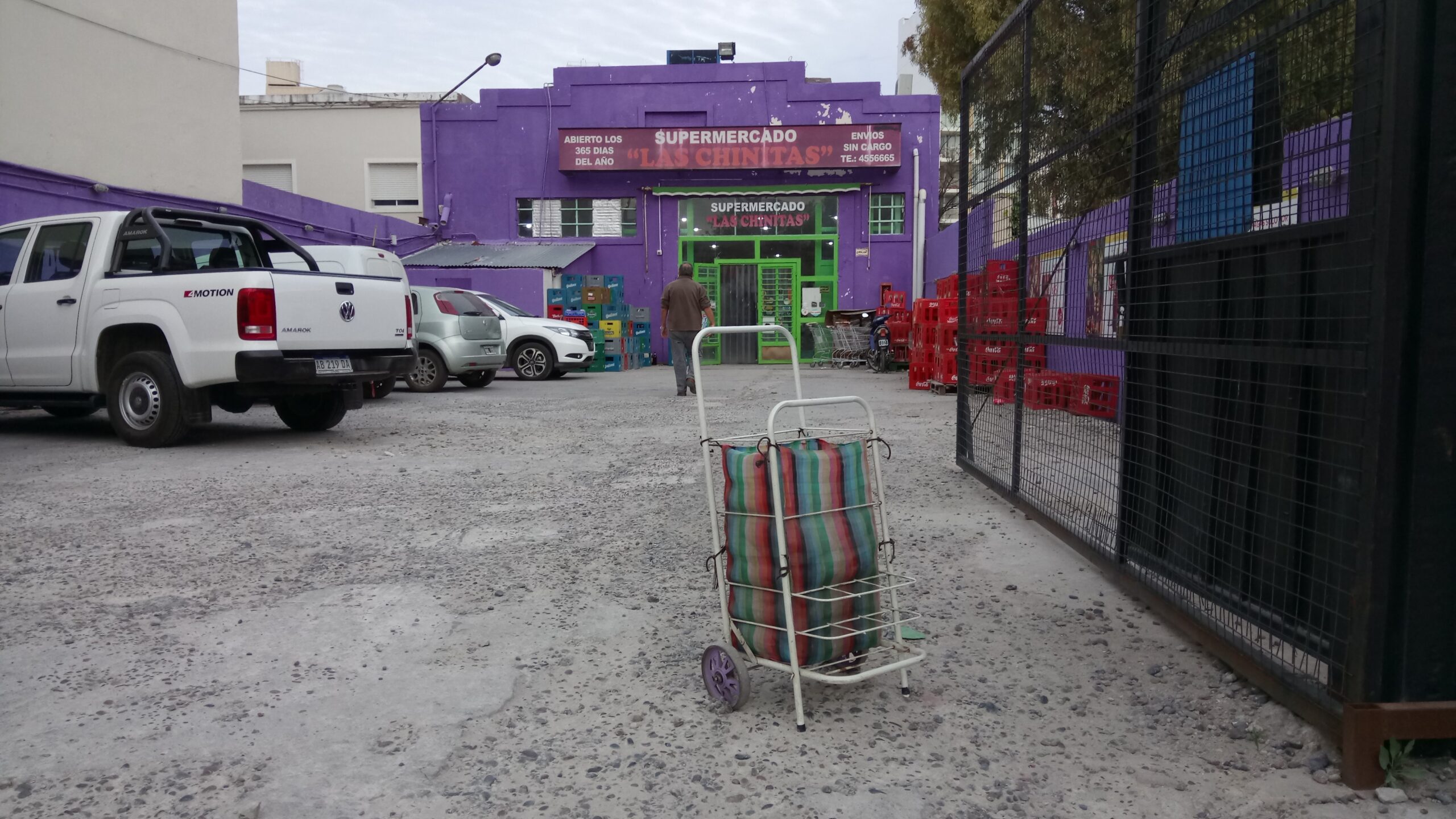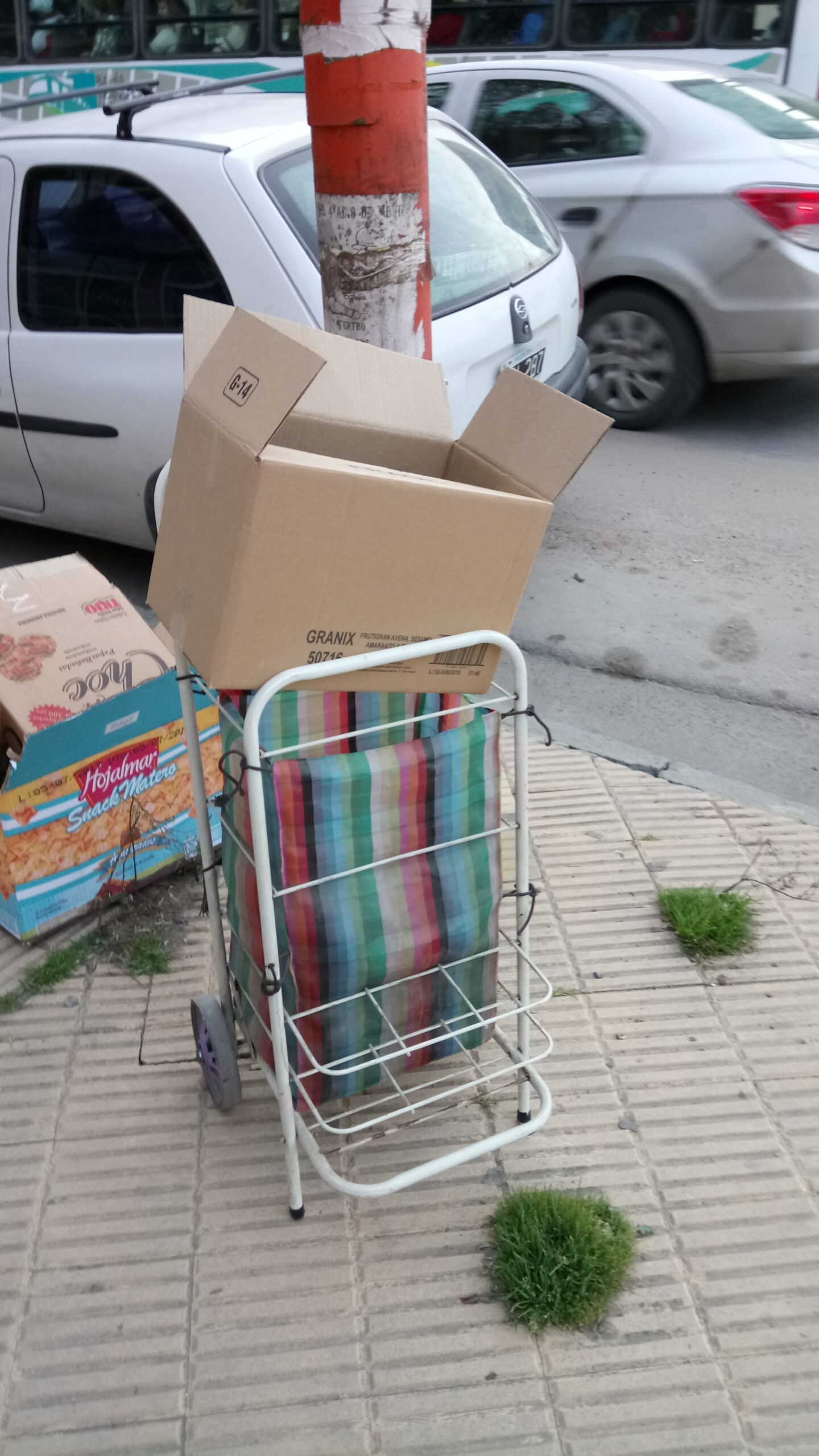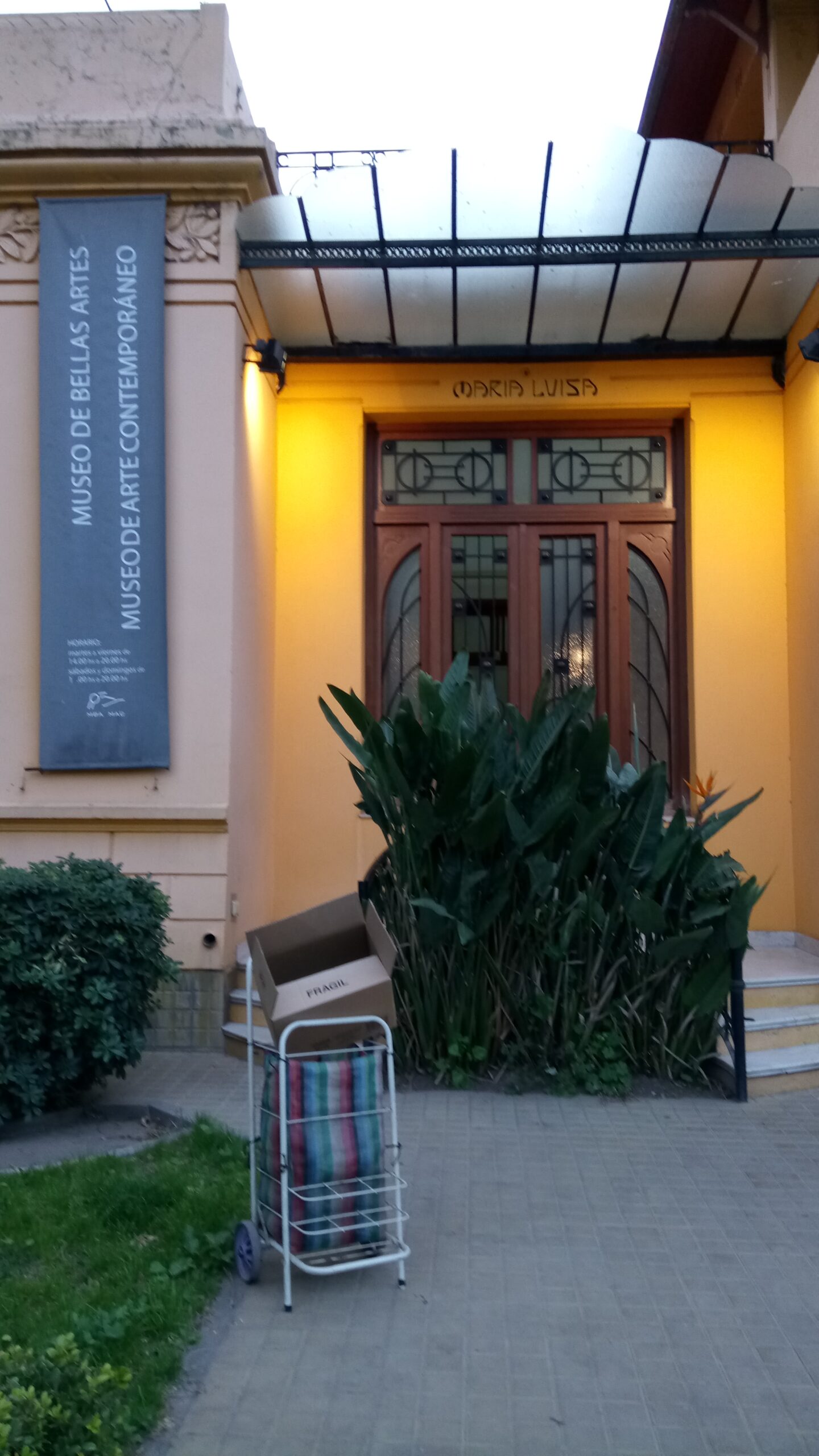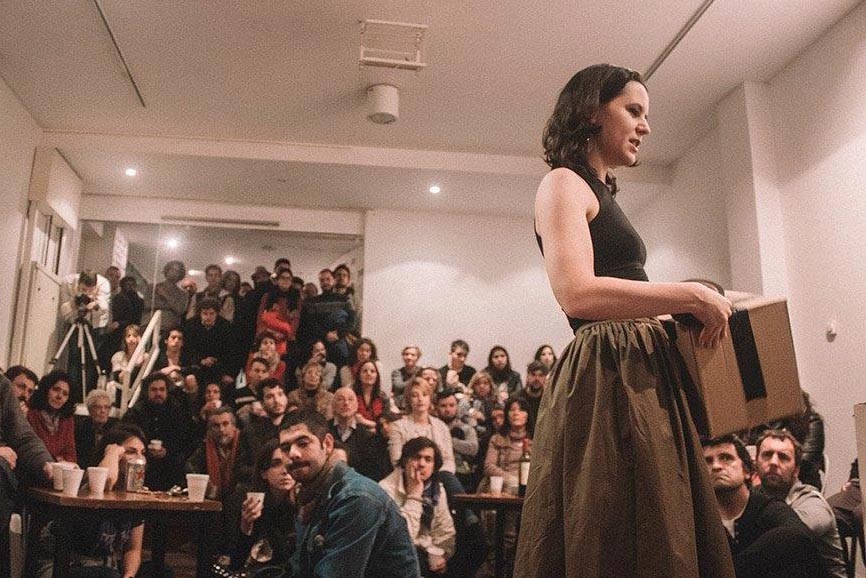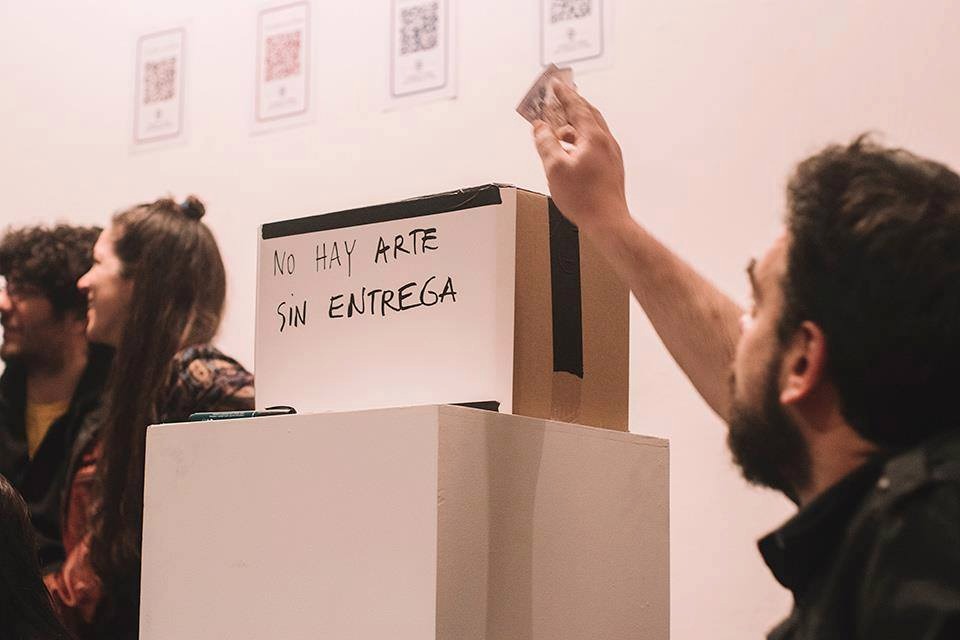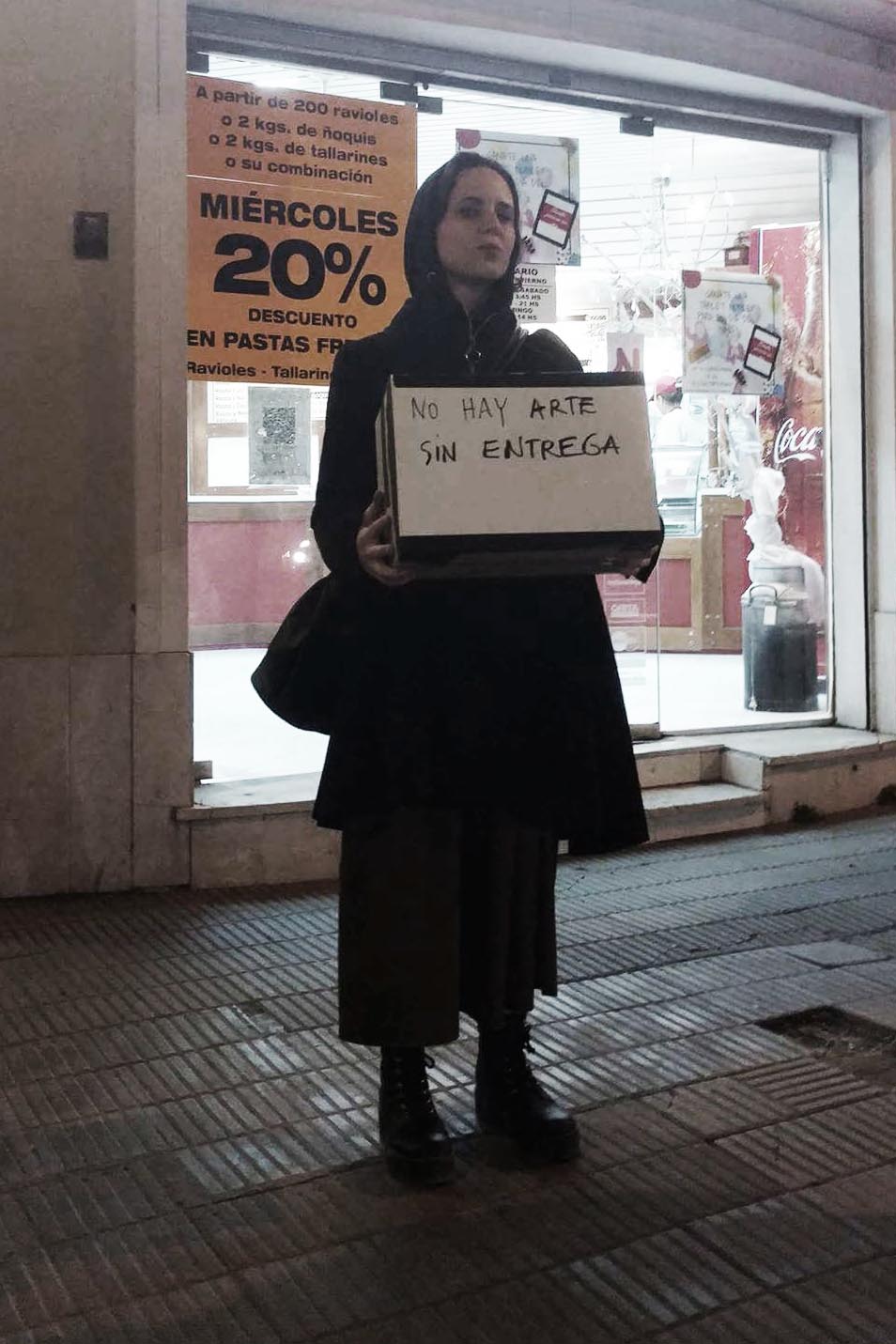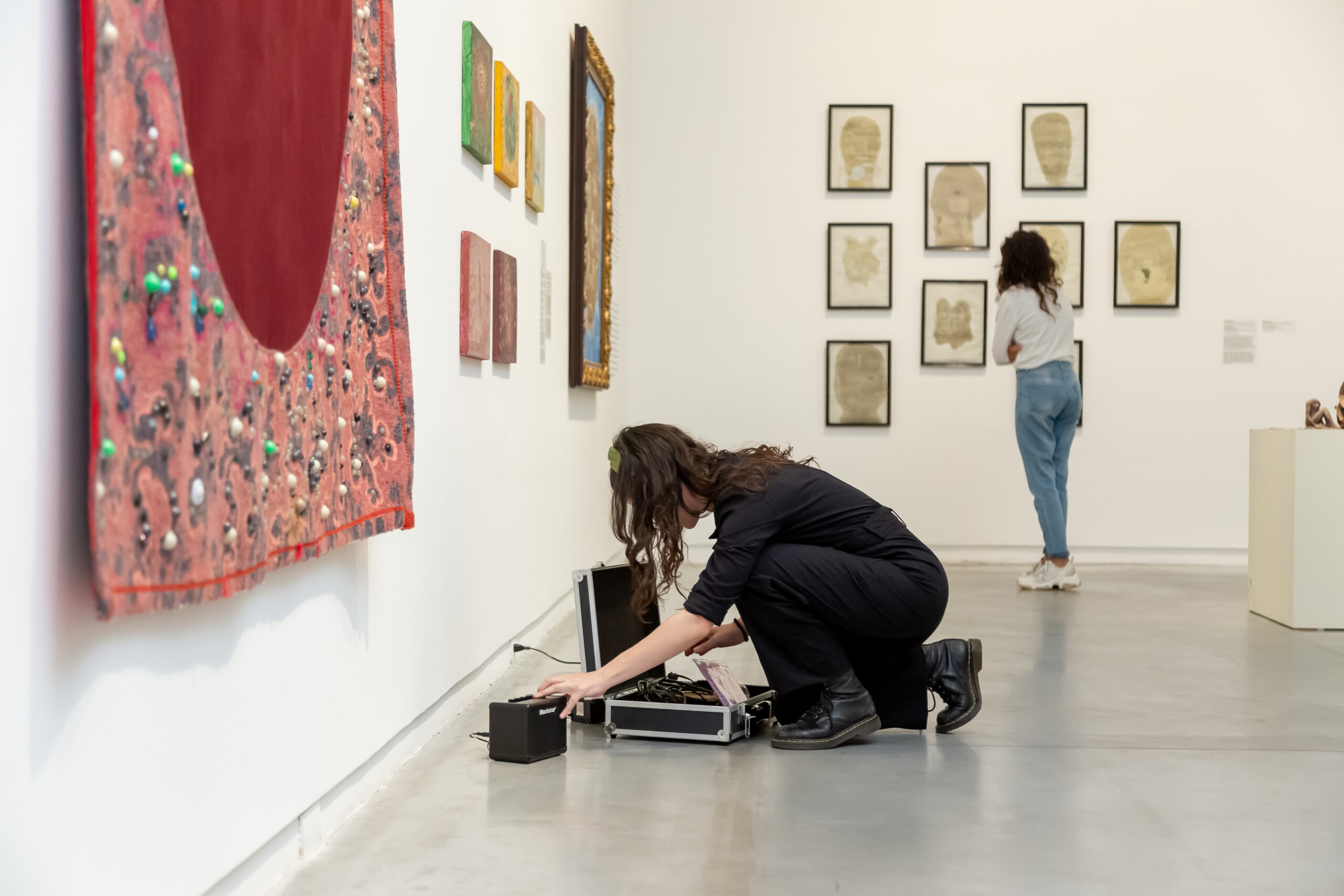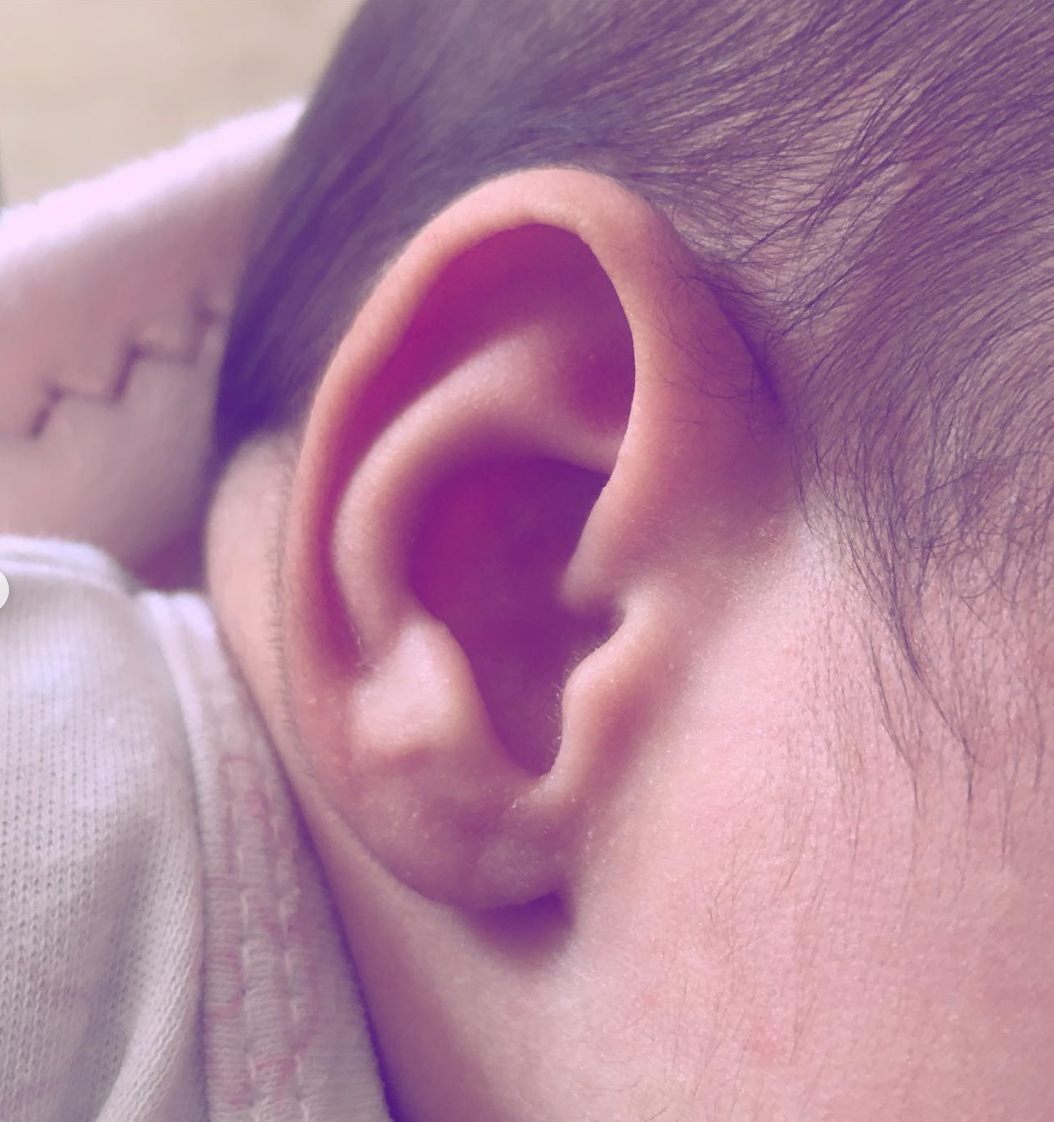2022 / Sound installation
El cover de Federico Manuel
Lecture Performance
Bahía In Sonora 2017, Bahía Blanca, Argentina
2017
Llegué con un carrito lleno de vinos, cerveza y maní. Propuse desarmar el esquema de expectación de frente, con el afán de convertir el lugar en un un espacio de encuentro, un bar ad hoc. Mientras tanto, como si fuera una ponencia sobre estética, les hablaba sobre la obra de Federico Peralta Ramos.
FEDERICO MANUEL’s cover (or about the lability of artisticity)
Lecture performance
_
The work of art is never anything in itself. Whatever it is, its identification as such is the effect of a relationship. In other words, his artistry is produced in the encounter of materiality with readings. Readings that are certainly not only subjective, but are based on a complex fabric of intersubjectivity, the same one that sometimes fosters the illusion that the work of art «is that which is there» and is evident «to everyone».
A week before the Bahía In Sonora festival took place, we artists learned that, even though the tickets and exhibition spaces were maintained, we had lost our fees. Despite that, almost all of us (or I think all of us) decided to go ahead with our performances because the event called for it. We decided to support art.
The work of Federico Manuel Peralta Ramos had been spinning around in my head for a long time. His ideas invited me to deliberately think of the sound experience of socialization as a powerful material for a work of art.
Federico Manuel obtained the Gughenheim scholarship in 1968. For his work, he was given an interesting amount of dollars, the expenditure of which he paid with exemplary honesty. His work was about living. And so he spent the scholarship money entertaining his friends with a dinner, he invited them to a club, he bought suits, he paid a debt. And with the interest that he received from the fixed term of a financial company, he did what he called his «last artistic expression»: he bought and gave works by Deira, De la Vega and Robirosa, to his family and to himself.
“In a word, live”
I arrived at an festival that initially had the form of a concert, even in the performance proposal. But the sound pursued us as a place of connection. My cover of Federico Manuel, my performance, would be wake-up call about the sound environment of an Art Festival.
My vocation was to incorporate the viewers, to the point where their voices, their movements, their sounds and especially their behaviour were part of the materiality of my work.
So I arrived with a cart with wine, beer and peanuts. I proposed disarming the expectation scheme from the front, with the aim of turning the place into a meeting space.
I tried to make them comfortable in what seemed to be a lecture on aesthetics in a kind of ad hoc bar. When discussing the labile condition of artisticity, I put forward the hypothesis that there is no art without dedication. Without a vector that points to the thing, there is no such phenomenon as art.
When I say dedication, it is not only the disposition of the reader of the work, the listener or the spectator. The mechanisms by which the work comes to be read are also based on objective giving: giving place, resources, attention, possibilities for it to exist.
Let’s not forget that the festival had been defunded by the municipality of Bahía Blanca.
Dedication in art also has the form of money.
Thus, with the motto «there is no art without dedication» I made an urn and left the economic collaboration to the consideration of the spectators.
With the money collected, the drinks and groceries of the performance were paid. And with what was left over, a barbecue was made for all the artists of the festival.
El cover de FEDERICO MANUEL (o sobre la labilidad de la artisticidad)
Registro de la performance completa.
La obra de arte nunca es nada en sí misma. Sea lo que sea, su identificación como tal es el efecto de una relación. Su artisticidad se produce en el encuentro de la materialidad con las lecturas. Lecturas que ciertamente no son solo subjetivas, sino que se asientan en un complejo tejido de intersubjetividad, el mismo que a veces propicia la ilusión de que la obra de arte «es eso que está ahi» y es evidente «para todos».
Una semana antes de que el festival Bahía In sonora se llevara a cabo, lo artistas nos anoticiamos de que, aún manteniéndose los pasajes y los espacios de exhibición, habíamos perdido nuestros honorarios. A pesar de eso, casi todos (o creo que todos) decidimos seguir adelante con nuestras presentaciones porque el evento lo ameritaba. Decidimos bancar al arte.
Hacía tiempo que la obra de Federico Manuel Peralta Ramos estaba dando vueltas en mi cabeza. Sus ideas me invitaban a pensar de modo deliberado la experiencia sonora de la socialización como un potente material para hacer obra.
Federico Manuel obtuvo la beca Gughenheim en 1968. Para su obra, le facilitaron una interesante cantidad de dólares cuyo gasto rindió con ejemplar honestidad. Su obra se trataba del vivir. Y así gastó el dinero de la beca en agasajar a sus amigos con una cena, los invitó a una boite, se compró trajes, pagó una deuda. Y con los interesés que cobró del plazo fijo de una financiera, hizo lo que el llamo su “ultima expresión artística”: compró y regaló obras de Deira, De la Vega y Robirosa, a su familia y a sí mismo
“En una palabra, vivir”
Yo llegué a un festival que tenía la forma del concierto, aun en la propuesta de performance. Pero el sonido nos perseguía como lugar de conexión. En otra palabra, vivir. El cover de Federico Manuel, mi performance, no sería otra cosa que un llamado de atención acerca del entorno sonoro de un Festival de Arte.
Mi vocación fue la de incorporar al espectador, al punto en que su voz, sus movimientos y sus sonidos fueran parte de la materialidad de mi obra.
Llegué con un carrito con vinos, cerveza y maní. Propuse desarmar el esquema de expectación de frente, con el afán de convertir el lugar en un un espacio de encuentro.
Procuré que estuvieran cómodos en lo que parecía una ponencia sobre estética en una especie de bar ad hoc.
Al discurrir sobre la condición lábil de la artisticidad, expuse la hipótesis de que no existe arte sin entrega. Sin vector que señale a la cosa, no hay fenómeno tal como el arte.
Cuando digo entrega no es solamente la del lector de la obra. El escucha. El espectador. Los mecanismos por los cuales la obra llega a ser leída también se fundan en un dar: dar lugar, recursos, atención posibilidades para que exista.
No olvidemos que el festival había sido desfinanciado por el municipio de Bahía Blanca.
La entrega en el arte también tiene la forma del dinero.
Así, con el lema «no hay arte sin entrega» fabriqué una urna y dejé a consideración de los espectadores la colaboración económica.
Con el dinero juntado se pagaron los bebibles y comestibles de la performance. Y con lo que sobró se hizo un asado para todos los artistas del festival.
Mientras discurría sobre la condición lábil de la artisticidad, fabriqué una urna y, escribiéndole «no hay arte sin entrega», dejé a consideración de los espectadores la colaboración económica. El festival había sido desfinanciado por el municipio de Bahía Blanca.
+ artworks
2022 / Performance
2022 / Lecture Performance
2021 / Sound and light installation
2021 / Audio piece
2016/2019 _Album. AV Performance, Light installation

